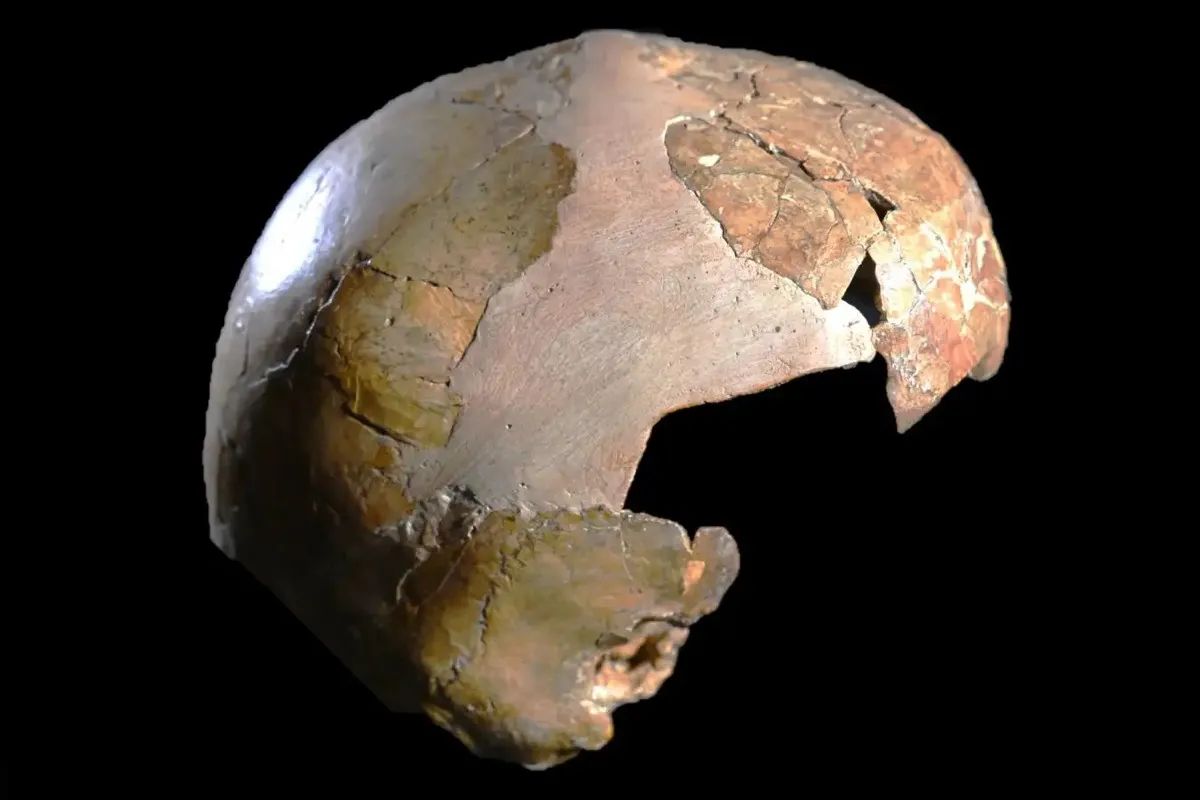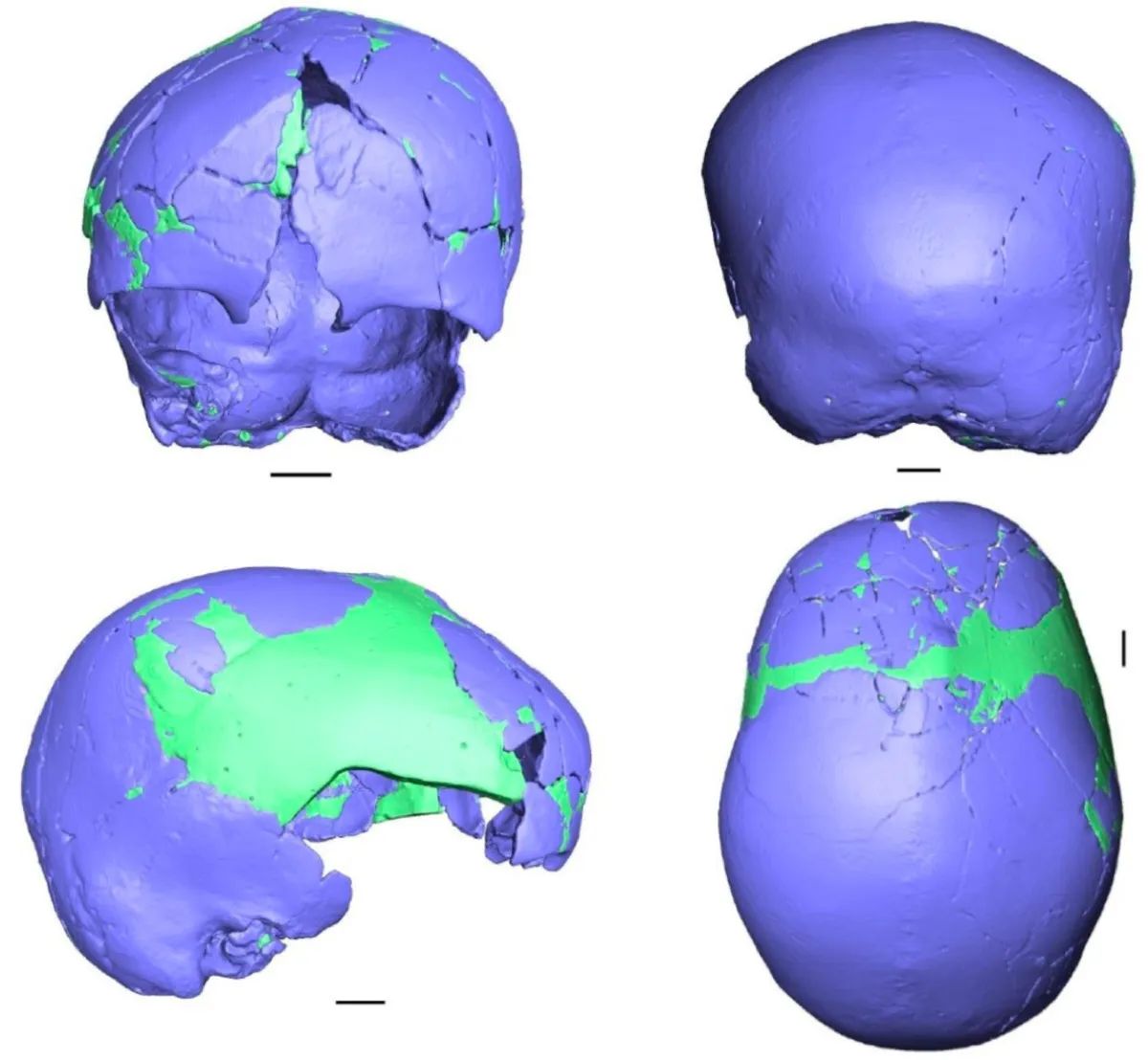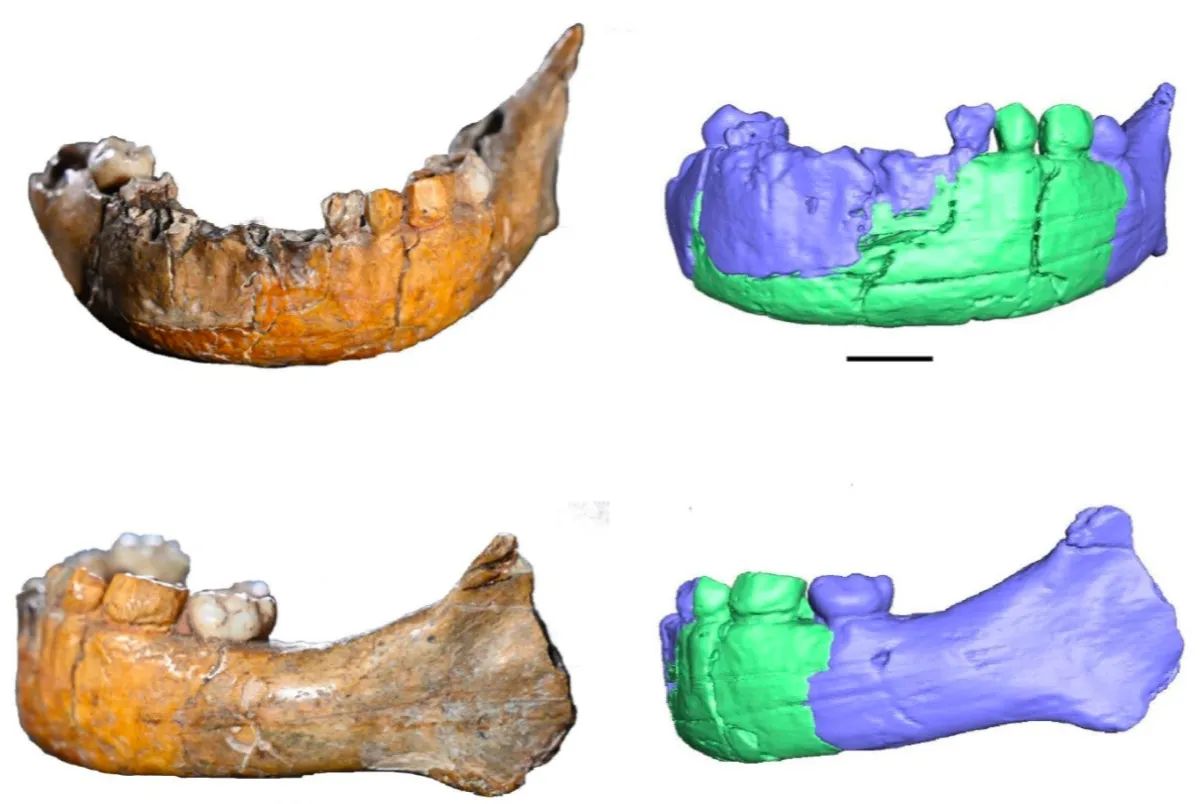💀 This child's skull could be from a human hybridized with another species
Published by Cédric,
Article author: Cédric DEPOND
Source: L'Anthropologie
Other Languages: FR, DE, ES, PT
Article author: Cédric DEPOND
Source: L'Anthropologie
Other Languages: FR, DE, ES, PT
Follow us on Google News (click on ☆)
Excavations in the Skhul Cave in northern Israel uncovered several skeletons from the Middle Pleistocene in 1929. Among them, the remains of a young child have puzzled scientists for nearly a century. A new study, published in L'Anthropologie, reveals that this fossil could belong to a hybrid between Homo sapiens and Neanderthals.

Credit: Israel Hershkovitz / Tel Aviv University
An anatomical mosaic
CT scan analysis of the neurocranium and mandible reveals mixed traits. The low, elongated cranial vault resembles Neanderthals, while the inner ear is similar to that of modern humans. The chinless jaw further supports the hybridization hypothesis.
The teeth also display intermediate characteristics. The enamel-dentin junction, examined in detail, aligns more closely with Neanderthal specimens. These elements suggest the child may have been born from a union between the two groups.
However, the absence of ancient DNA prevents definitive confirmation. Some experts, like John Hawks, point out that natural variability within a single species could explain these peculiarities.


Credit: Tel Aviv University
Coexistence spanning thousands of years
Around 140,000 years ago, Homo sapiens and Neanderthals shared the Levant for nearly 5,400 years. Genetic exchanges likely occurred, as evidenced by other hybrid fossils discovered in Russia in 2018.
The burial practices associated with these remains add a cultural dimension. The presence of organized graves might indicate shared symbolic behaviors. This discovery challenges the notion that mortuary rites were exclusive to a single species.
According to the study's authors, this region may have served as a genetic crossroads between Africa and Eurasia. The discovered skull could thus represent a previously unidentified human lineage, blending multiple ancestries.